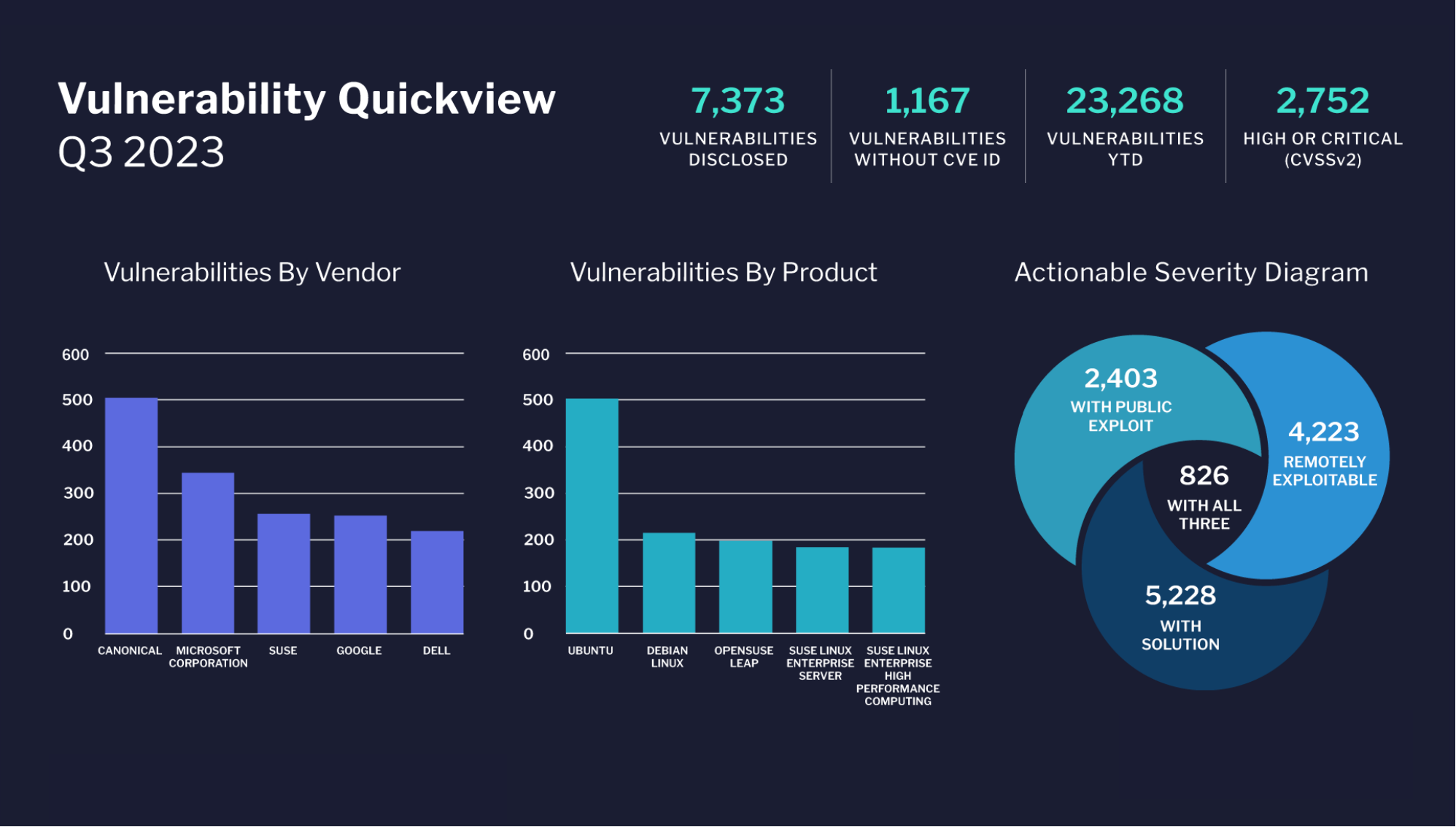As we head into the next decade of telecommunications network technology transformation, we find ourselves at a pivotal moment as the era of virtualization becomes the new era of cloudification. Real-time communications applications are available on the cloud today, including Unified Communications-as-a-Service (UCaaS) and embedded communications through Communications Platform-as-a-Service (CPaaS). These flexible and affordable services are just the beginning. As the transformation to cloudification accelerates, 2020 will be another important milestone year.

In the not-so-distant past, building a network was hardware-centric; a network would consist of servers, storage devices, switches, network adapters, modems, routers, gateways, firewalls and other security devices in an on-premise, centralized setting. Network deployments, upgrades and Scaling were often lengthy operations and very costly, depending on the scope and size of the project.
Today, where scaling, real-time response, as well as the demands for a variety of heavy data throughput from voice, to video, to IoT devices is anticipated, extending traditional networks is no longer enough. The cloudification “paradigm shift” is well underway, but still in its early stages.
Network virtualization made it possible to remove the need for specialized hardware and enabled the deployment of software to be independent of the hardware used, as long as the commercial-off-the-shelf hardware compute power was sufficient. Network cloudification is the next step in network evolution and is manifest in specifications for software defined networking (SDN) and 5G mobile edge or multi-access edge computing.
When the network runs on the cloud, operators can be innovative and offer Networking-as-a-Service with much lower CAPEX and OPEX. With much greater flexibility and profitability, these “programmable networks” are simpler to design and easier to administer and manage using automated service orchestration.
Cloudification means network functions can be optimized to be hosted in edge data centers, with high throughput for the rich media applications that are growing on the edge of the network, whether human or machine communications. The decentralized, distributed cloud is driving the transformation of central offices into CORD (central office re-architected as a data center) locations, which combine NFV, SDN and the elasticity of commodity clouds to bring data center economics and cloud agility to the table. Major communications Service Providers including Verizon, SK Telecom, China Unicom and NTT Communications already support CORD, including driving the implementation of applications with low latency requirement of 10ms and 1ms, made possible by network “cloudification.”
Virtualization and cloudification are sometimes thought to mean the same thing, but this is not the case. Virtualization was necessary – we have called this network transformation for many years – to improve the utilization of commodity hardware resources. Virtualization has been driving innovation and investment given the clear benefits of being able to run more compute on the same or less physical infrastructure and has impacted operating systems, network management systems, data computational speed and storage volume and retrieval and use of stored data. Cloudifcation of networks is a natural next step: access to on-demand shared computing resources (on AWS, for example) through the Internet (public cloud) or via enterprise private networks (private cloud).
Just as cloud computing makes use of virtualization to enable elasticity and improve economies of scale, network cloudification does the same.
However, there will be challenges, including:
Why does all this matter so much? Communication service providers are facing more challenges than ever, with exploding volumes of data, unprecedented consumption of video and demands for lower latency. Reinventing networks with cloud-based networking allows for the growth of cognitive automation, enabling networks to grow in intelligence, agility and responsiveness. Cloudification supports scalability, agility, innovation and service delivery. It also enables economies of scale, which can help service providers realize significant cost savings.
By Patrick Joggerst





